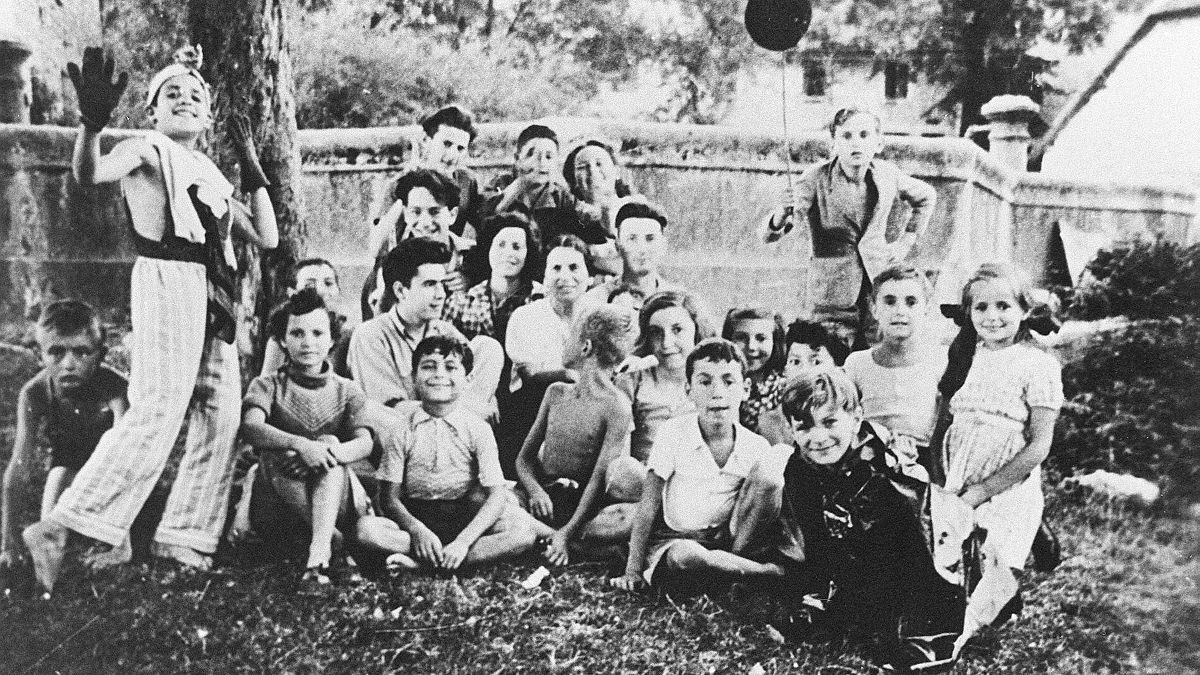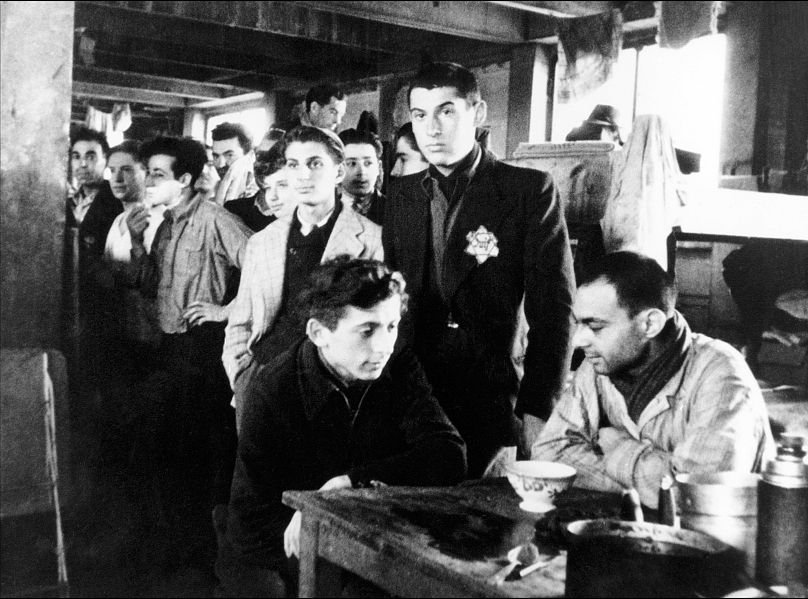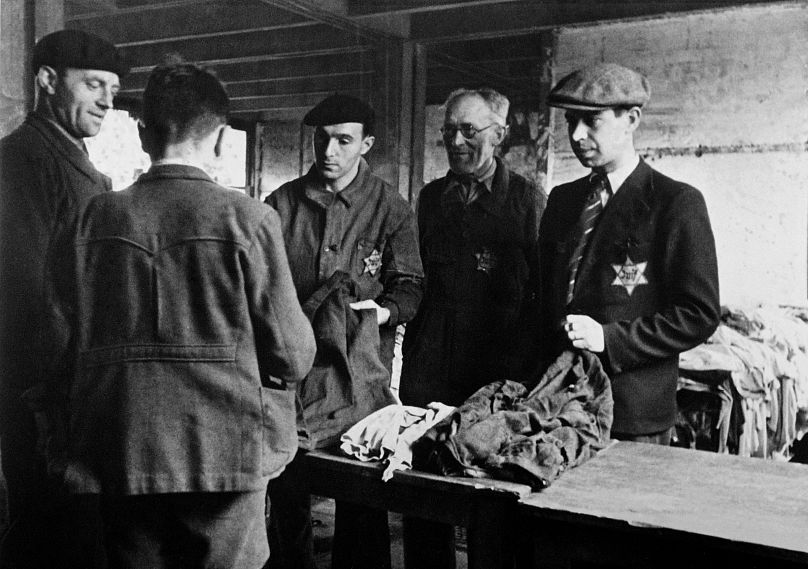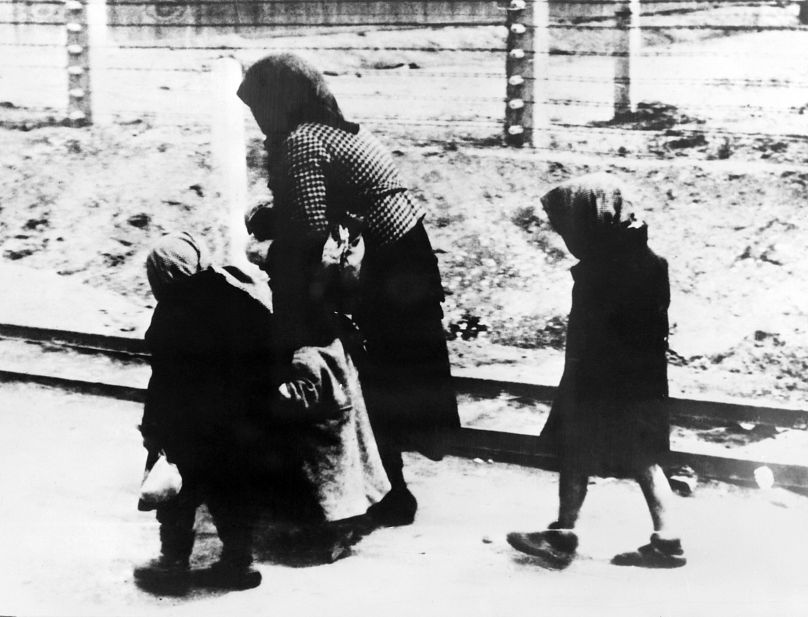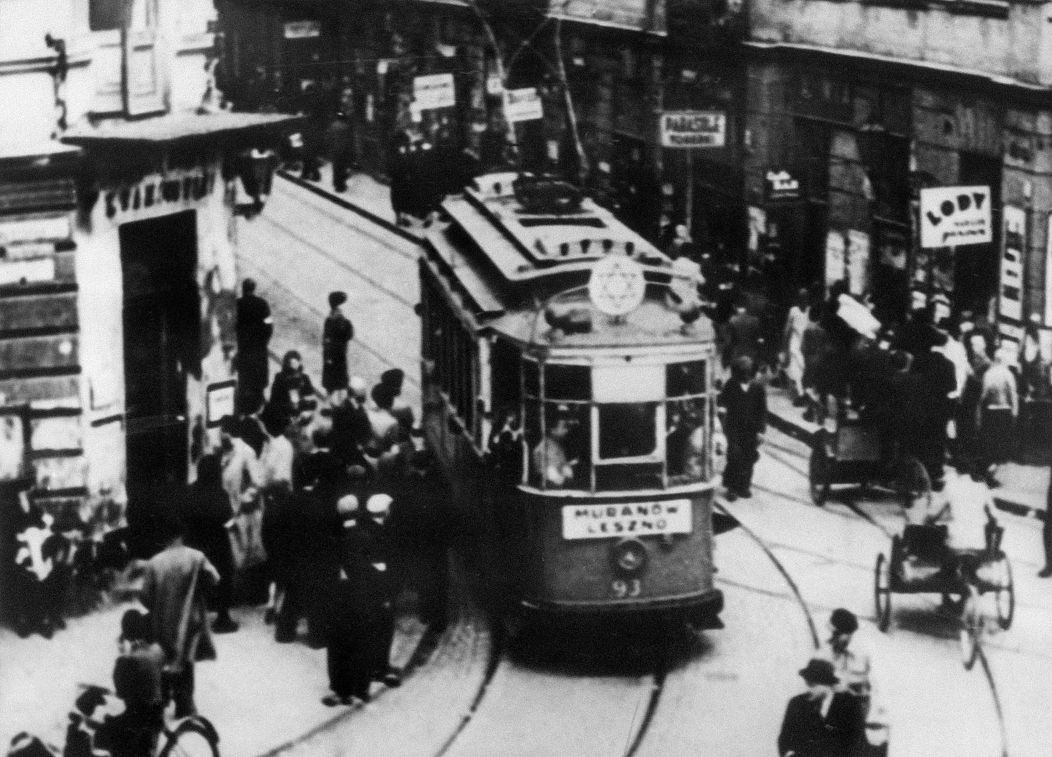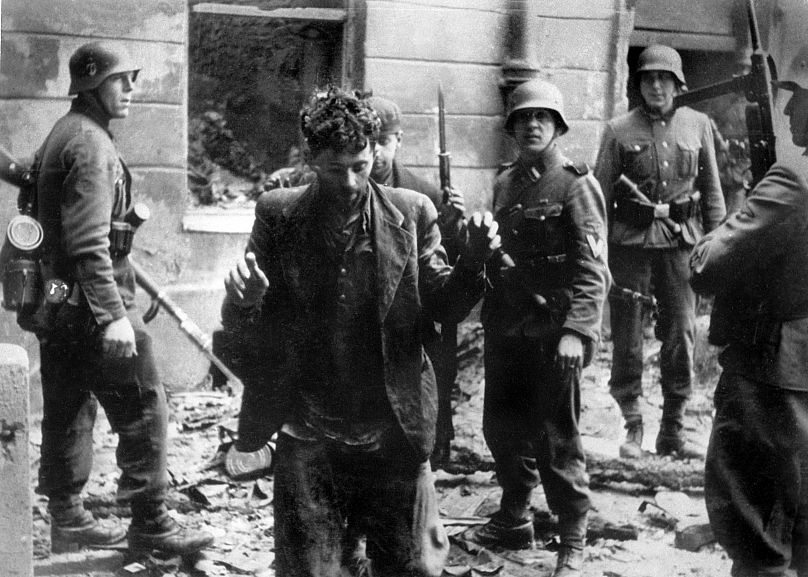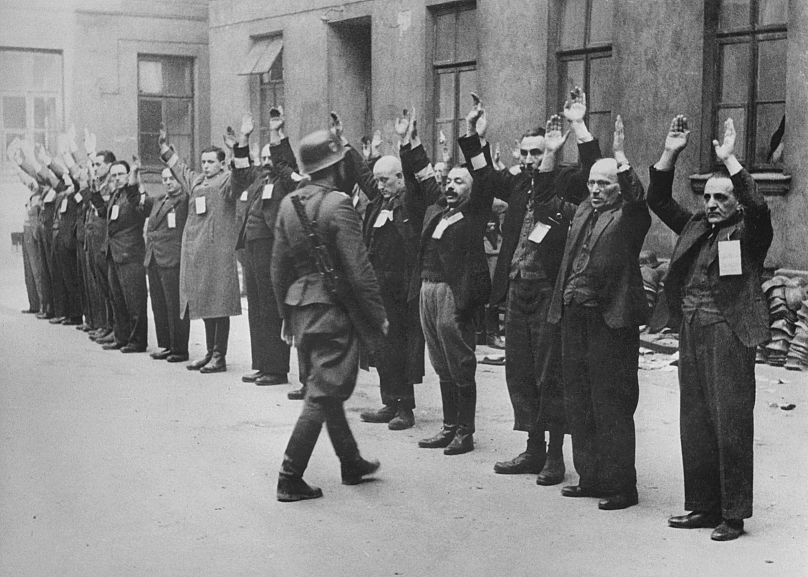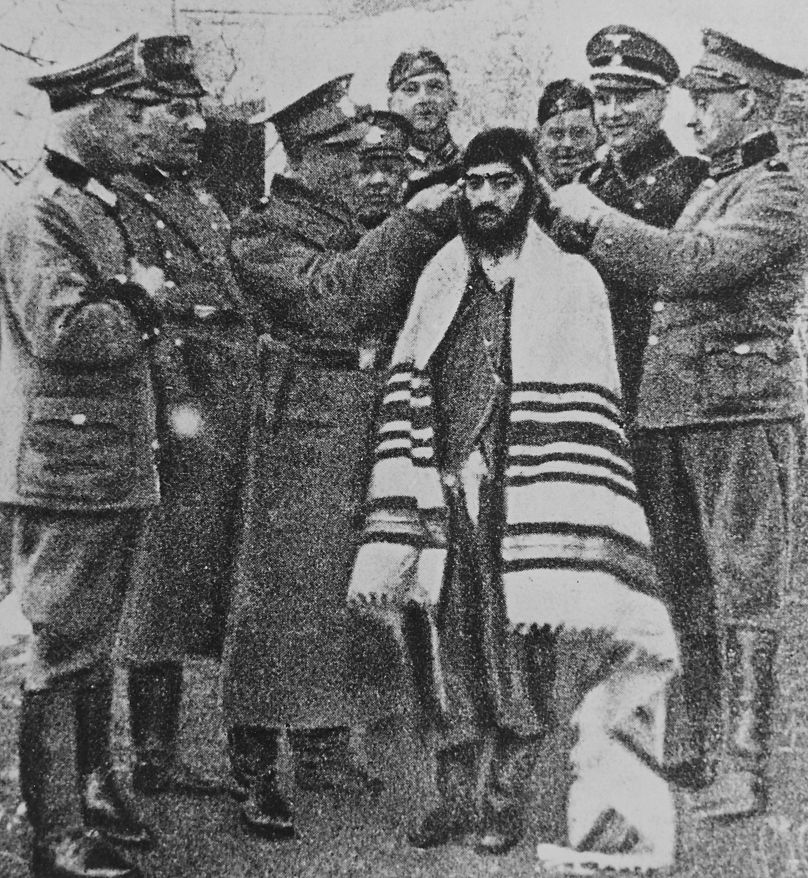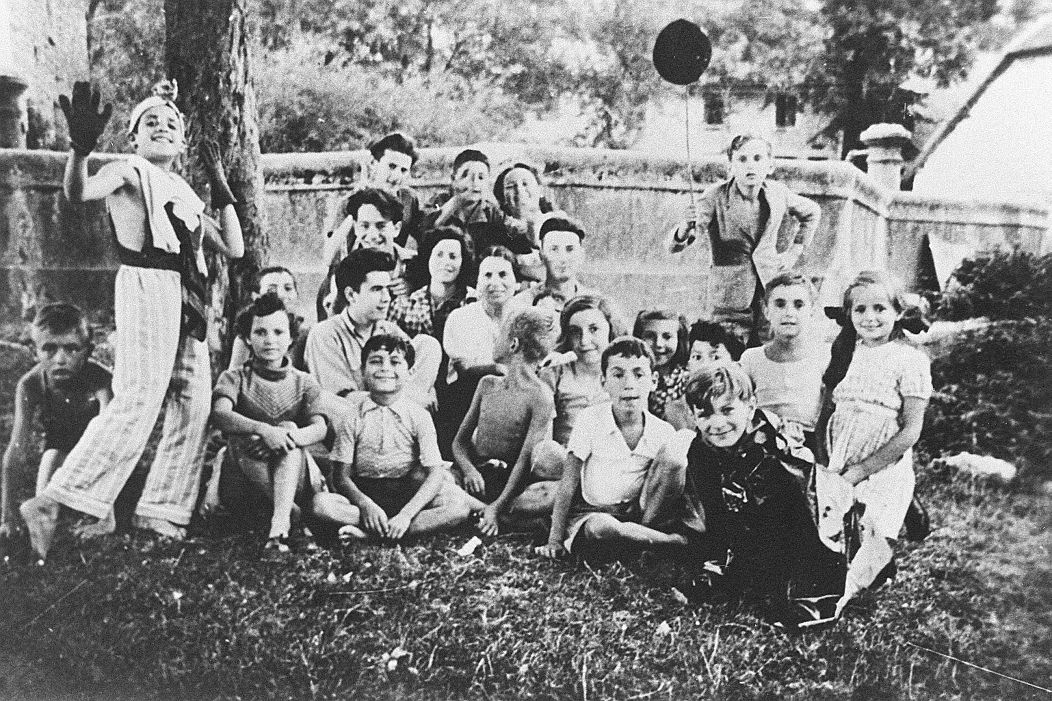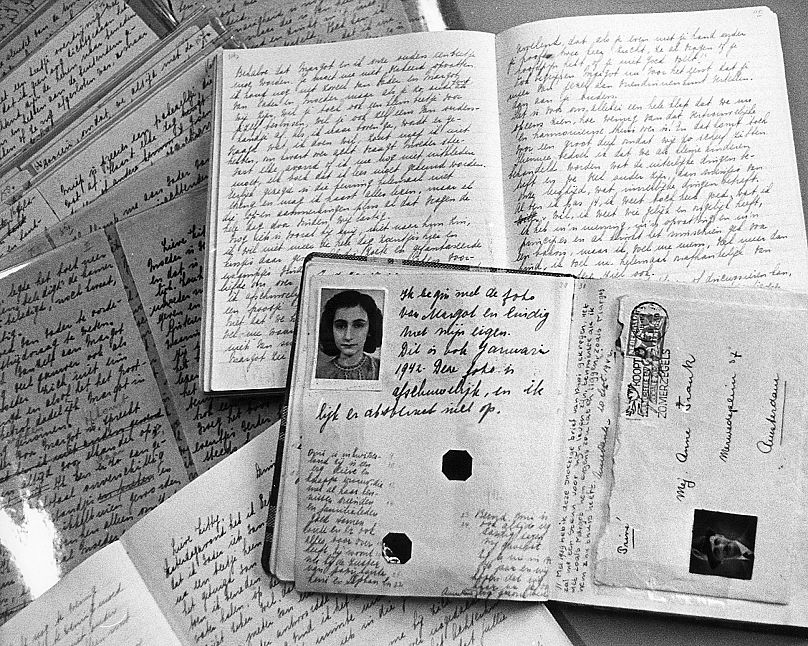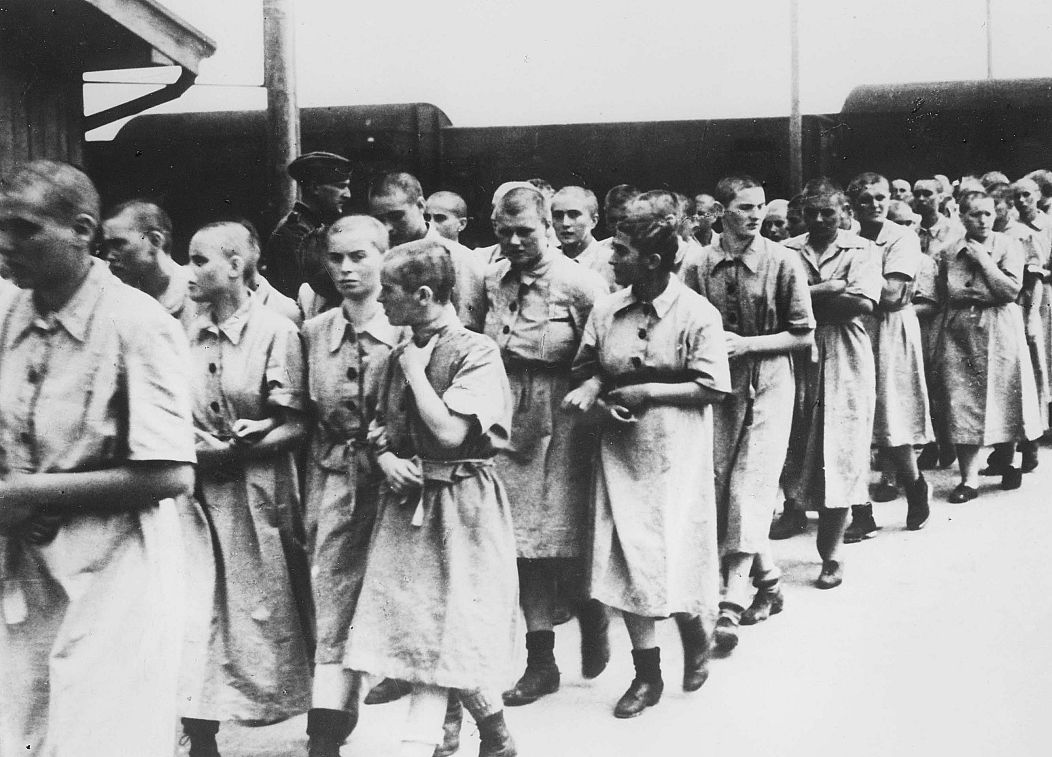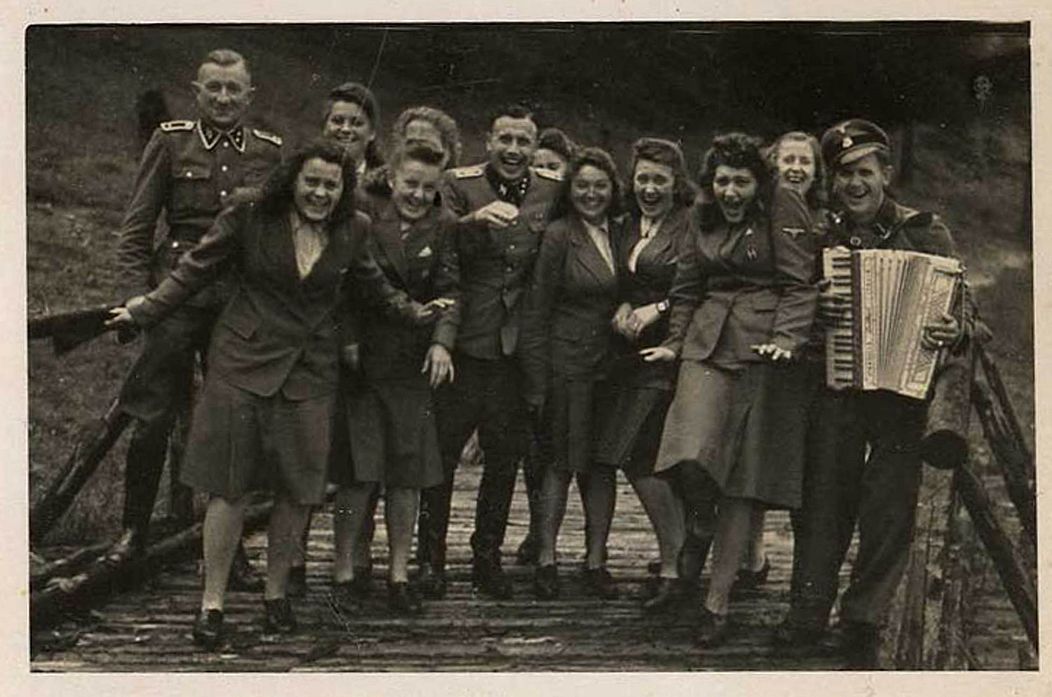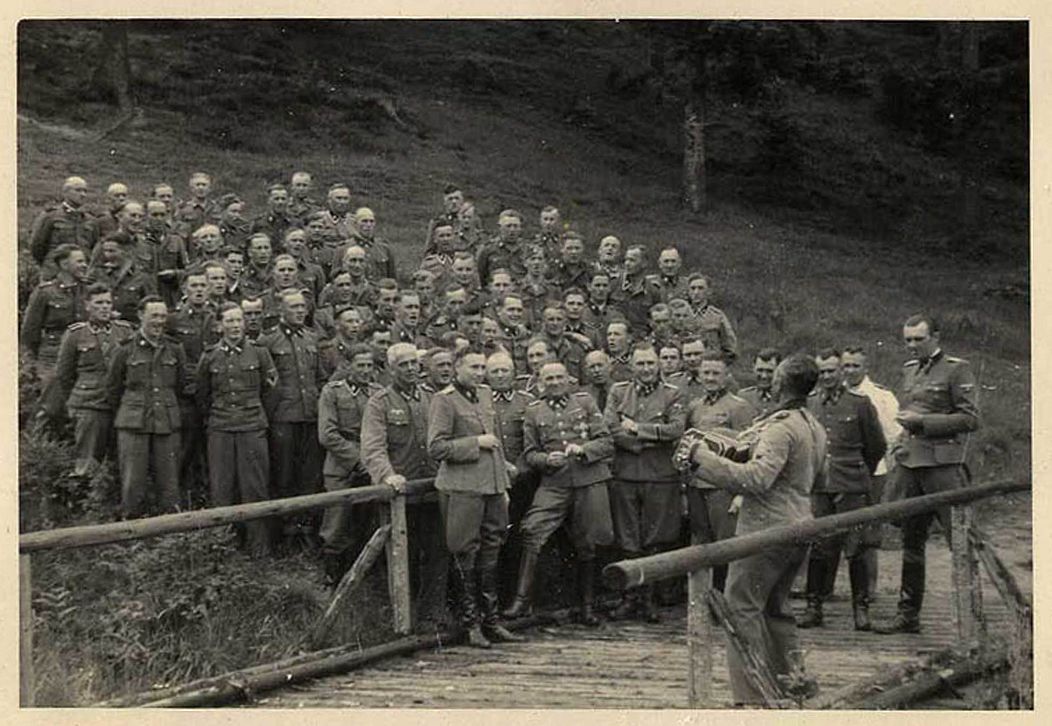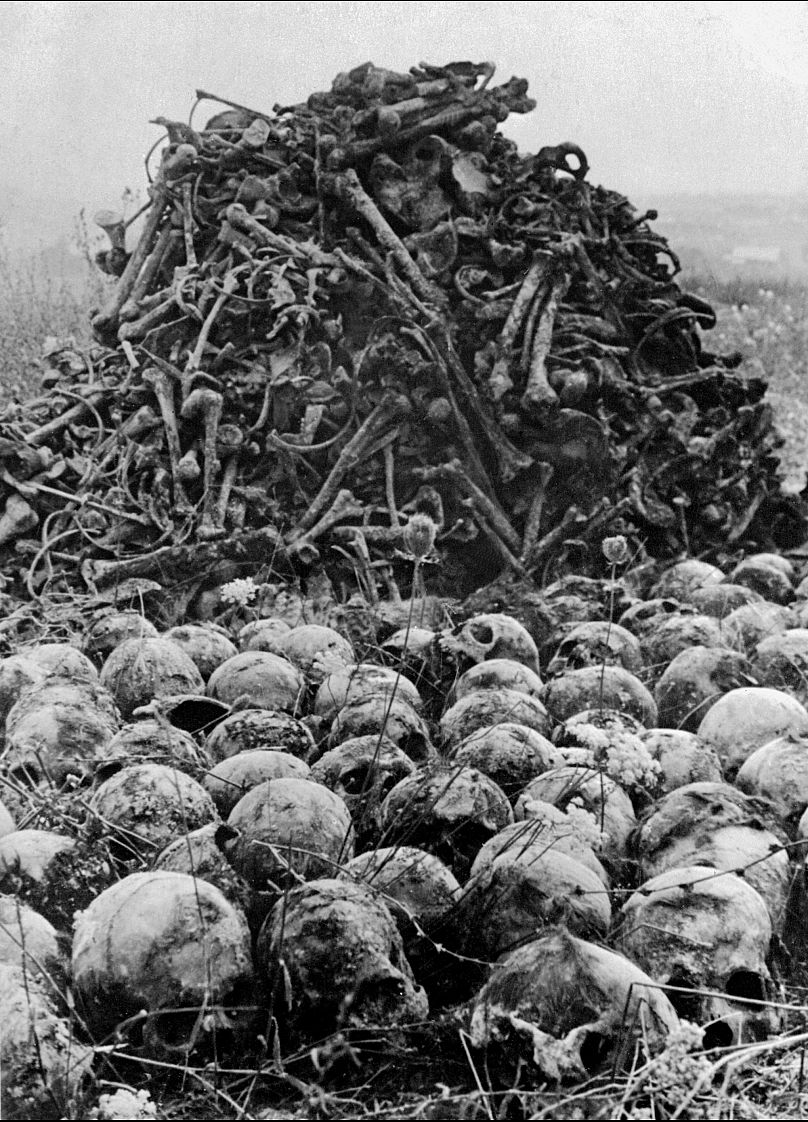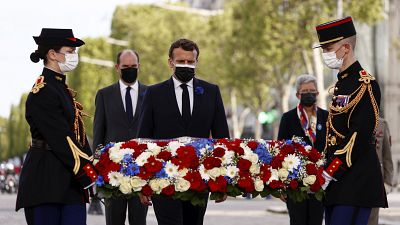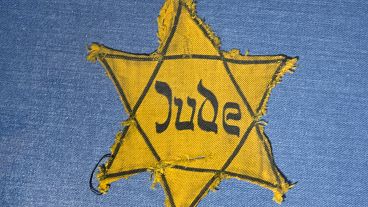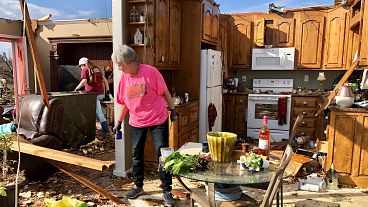Photos of the Holocaust: What Nazi family albums and propaganda images tell us today
A selection of archive photographs shows the suffering of Jewish victims at the hands of their Nazi persecutors during the Holocaust in WWII.
The anniversary of the liberation of Auschwitz-Birkenau concentration camp, January 27, is the day chosen by UN as International Holocaust Remembrance Day to honour the memory of six million Jewish victims killed by the Nazis.
This selection of archive photographs that recorded the suffering of Jewish victims of Holocaust during the WWII shows the deportation of Jewish men, women and children to Germany from France; the life in Warsaw Jewish Ghetto, the arrival and the suffering in the concentration camps and other stages of Jewish persecution by Nazi Germany.
Valeriy Miloserdov, a photo collection curator at Babyn Yar Holocaust Memorial Centre in Ukraine that commemorates the massacre of almost entire Jewish population of Kyiv between 1941 and 1943, says that photographs covering the Holocaust can be found in online auctions and flea markets, as well as in family archives around the world.
"It's most striking to look into those images that come from the Nazi family photo albums, as they reveal particularly well the attitude of those people had towards Jewish victims," he says.
Unlike the Soviet army soldiers, Nazis were allowed to carry a camera and the photographs they took tell the story of Holocaust events without any layers of propaganda. Those photographs could have been sent to the wives of Nazi soldiers like postcards. Printed with figured frames, they ended up in family albums, Valeriy explains.
Deportation process and arrival to concentration camps
Warsaw Ghetto
The evidence of Nazi leadership war crimes
Children - victims of Holocaust
Extermination camps
Nazi retreats not far from concentration camps
Concentration camps after their liberation
Miloserdov says that photographic collections of Holocaust photographs are extremely valuable as photographs have an enormous capacity of influencing our emotions. This is unbiased evidence that has a powerful capacity to shape public opinions today so that genocides are not repeated.
